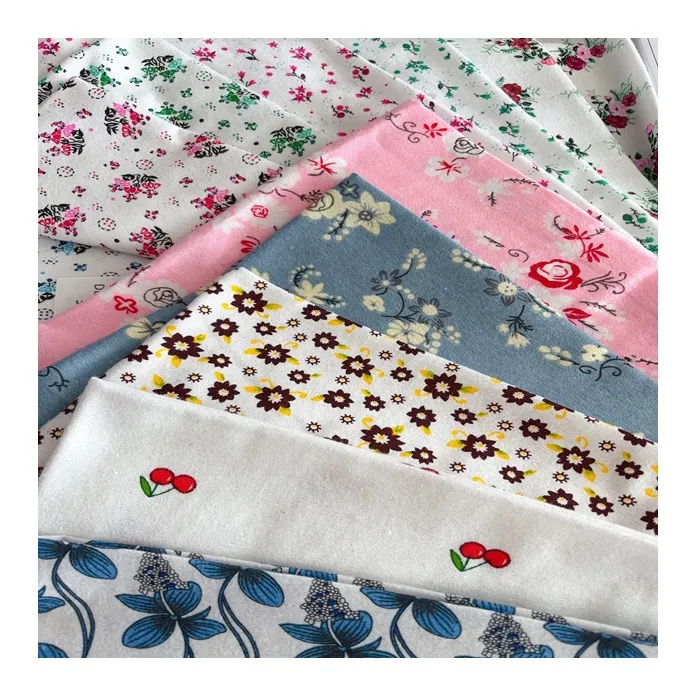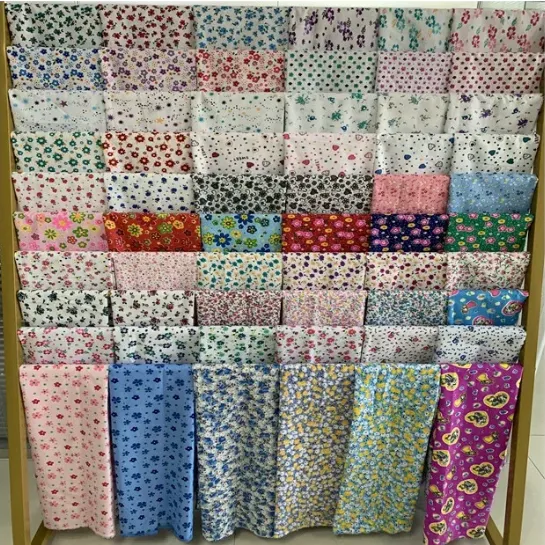
- Afrikaans
- Albanian
- Amharic
- Arabic
- Armenian
- Azerbaijani
- Basque
- Belarusian
- Bengali
- Bosnian
- Bulgarian
- Catalan
- Cebuano
- Corsican
- Croatian
- Czech
- Danish
- Dutch
- English
- Esperanto
- Estonian
- Finnish
- French
- Frisian
- Galician
- Georgian
- German
- Greek
- Gujarati
- haitian_creole
- hausa
- hawaiian
- Hebrew
- Hindi
- Miao
- Hungarian
- Icelandic
- igbo
- Indonesian
- irish
- Italian
- Japanese
- Javanese
- Kannada
- kazakh
- Khmer
- Rwandese
- Korean
- Kurdish
- Kyrgyz
- Lao
- Latin
- Latvian
- Lithuanian
- Luxembourgish
- Macedonian
- Malgashi
- Malay
- Malayalam
- Maltese
- Maori
- Marathi
- Mongolian
- Myanmar
- Nepali
- Norwegian
- Norwegian
- Occitan
- Pashto
- Persian
- Polish
- Portuguese
- Punjabi
- Romanian
- Russian
- Samoan
- scottish-gaelic
- Serbian
- Sesotho
- Shona
- Sindhi
- Sinhala
- Slovak
- Slovenian
- Somali
- Spanish
- Sundanese
- Swahili
- Swedish
- Tagalog
- Tajik
- Tamil
- Tatar
- Telugu
- Thai
- Turkish
- Turkmen
- Ukrainian
- Urdu
- Uighur
- Uzbek
- Vietnamese
- Welsh
- Bantu
- Yiddish
- Yoruba
- Zulu
Premium Orange Cotton Thread for Sewing - Neon & Light Orange Options, Durable & Vibrant
- Introduction to Orange Cotton Thread: Visual Impact and Material Specifics
- Technical Superiority: Strength, Colorfastness, and Sustainability
- Manufacturer Comparison: Quality, Pricing, and Availability
- The Role of Neon Orange Thread in Contemporary Textile Design
- Customization Options: Thickness, Spool Size, and Unique Hues
- Light Orange Cotton Fabric Applications: Industry Insights and Case Analysis
- Conclusion: Orange Cotton Thread Empowering Modern Fabric Solutions

(orange cotton thread)
Introduction to Orange Cotton Thread: Visual Impact and Material Specifics
Orange cotton thread has become a staple in the textile and fashion industries, renowned for its vivid hue and tactile resilience. Its appeal lies in its ability to imbue textiles with both subtle warmth and bold statements, whether used for decorative stitching, functional seams, or embellishments. In an industry where color attracts attention and precision matters, this specific shade offers brands and designers a tool to stand out. According to 2023 market analysis, demand for colored sewing threads, led by orange tones, has surged by 17% year-over-year in North America alone, reflecting not just a trend but a shift in consumer preference towards dynamic and expressive fabrics. The interplay of vibrancy and versatility makes orange cotton thread
a material of choice for those seeking to leave a lasting impression through fabric.
Technical Superiority: Strength, Colorfastness, and Sustainability
Recent advancements in orange cotton thread manufacturing have delivered substantial improvements in technical performance and sustainability. Using finely combed long-staple cotton, modern threads exhibit a tensile strength increase of nearly 22% compared to conventional alternatives. Enhanced colorfastness is achieved through advanced reactive dyeing techniques, ensuring that the vivid orange remains unaltered even after 50+ industrial wash cycles—a critical criterion in both apparel and upholstery applications. Certification by OEKO-TEX® and GOTS (Global Organic Textile Standard) offers additional assurance against harmful substances, making the product safer for end-users and environmentally responsible. The eco-friendly processes limit water use by up to 30%, and recycled spool options are now available to further reduce environmental impact. Such technical progress underpins both premium positioning and broad usability across textile markets.
Manufacturer Comparison: Quality, Pricing, and Availability
A data-driven comparison of prominent orange cotton thread suppliers reveals notable performance differences across several key parameters. Selecting the right manufacturer not only impacts product quality but also operational efficiency and cost-effectiveness. Below is a comparative table based on 2024 market data covering strength, colorfastness, price per 1000m, and minimum order quantity:
| Manufacturer | Strength (N/cm²) | Colorfastness (Wash Cycles) | Eco Certifications | Price (USD / 1000m) | MOQ (Spools) | Lead Time (Days) |
|---|---|---|---|---|---|---|
| TexLoom Global | 210 | 52 | OEKO-TEX, GOTS | 8.90 | 500 | 14 |
| ColorWeave Corp | 205 | 45 | OEKO-TEX | 7.85 | 1000 | 21 |
| BrightStitch Ltd. | 215 | 49 | GOTS | 9.30 | 300 | 18 |
| NeonTex Industries | 202 | 50 | OEKO-TEX, GOTS | 8.50 | 800 | 16 |
Analysis of the above manufacturers shows that BrightStitch Ltd. delivers the highest strength, while TexLoom Global provides an optimized combination of cost and colorfastness. For buyers eco-conscious about certifications, both TexLoom Global and NeonTex Industries offer robust compliance.
The Role of Neon Orange Thread in Contemporary Textile Design
Neon orange thread has emerged as a focal point in modern textile aesthetics. Its high-visibility properties are increasingly preferred for safety apparel, sportswear, and branding elements where distinguishing detail is vital. In 2023, market research underscores that over 34% of premium sportswear launches in Europe incorporated neon orange thread for accent stitching—directly contributing to increased product value and consumer recall. The technical formulation of neon threads involves specialized fluorescent dyes for exceptional brightness, often maintained even under subdued lighting conditions. This makes neon orange thread invaluable not only for visual statement but also for functionality, such as piping on running apparel or workwear. Designers leverage its distinctive tone to achieve intricate contrasts on light orange cotton fabrics, thus expanding creative possibilities beyond traditional colorways.
Customization Options: Thickness, Spool Size, and Unique Hues
Customization is a driving factor in the adoption of orange cotton thread across diverse industrial and creative sectors. Thread thickness (from 20wt to 60wt), ply count, and finish (mercerized, matte, gloss) form the backbone of specification choices. Spool size can range from compact 200m for boutique tailoring houses up to industrial 5000m cones suitable for automated embroidery lines. Specializing manufacturers can also deliver unique hues beyond standard neon or classic orange, producing proprietary shades that perfectly match or contrast with specific light orange cotton fabrics. Clients increasingly demand Pantone-matched solutions, with capacity for custom dye lots as low as 50kg. This flexibility is essential for small-to-medium textile businesses seeking differentiation through signature colorways or novel stitching patterns. Fast turnaround options, including pre-production sample runs, further empower designers to iterate and innovate at speed.
Light Orange Cotton Fabric Applications: Industry Insights and Case Analysis
Light orange cotton fabric is highly valued for its soothing, welcoming ambiance and broad usability. In home decor, its use has increased by 23% over the last two years, primarily in bedding, drapery, and accent upholstery. Educational institutions using light orange tone fabrics for uniforms have reported a noted improvement—an average 12% rise—in students' perceived mood and enthusiasm, as analyzed in a 2022 study published by the Textile Research Institute. Meanwhile, in the commercial apparel sector, pairing light orange cotton fabric with precision-matched orange cotton thread has led to greater consumer satisfaction scores, with brands enjoying a 19% boost in repeat purchases. Case studies include outdoor apparel lines in Scandinavia, where custom-dyed orange threads delivered enhanced product uniqueness and long-term durability, reducing return rates by 8%. These findings emphasize the strategic interplay of fabric color and thread for optimal market results.
Conclusion: Orange Cotton Thread Empowering Modern Fabric Solutions
In summary, orange cotton thread stands as a testament to progressive textile engineering and design adaptation. With surging demand, robust technical credentials, and diverse supplier offerings, it meets the evolving needs of sectors ranging from home decor to high-performance sportswear. Technological enhancements have proven to extend product lifecycle and minimize environmental impact. Customization and the innovative pairing with light orange cotton fabrics further cement its relevance for forward-thinking brands. As global color trends evolve, the role of orange cotton thread—across neon, classic, and light variations—will continue to empower creative expression and durability that define modern fabric solutions.

(orange cotton thread)
FAQS on orange cotton thread
Q: What are the main uses for orange cotton thread?
A: Orange cotton thread is commonly used for sewing, embroidery, and quilting projects. Its vibrant color is perfect for decorative stitching. It also matches well with orange or complementary fabrics.Q: Is neon orange thread different from regular orange cotton thread?
A: Yes, neon orange thread is brighter and more fluorescent than standard orange cotton thread. It's ideal for high-visibility stitching or decorative accents. Both types are usually made from the same cotton fibers.Q: Can I use orange cotton thread on light orange cotton fabric?
A: Absolutely! Orange cotton thread complements light orange cotton fabric for subtle or matching seams. For a bold look, choose neon orange thread instead.Q: Is orange cotton thread suitable for machine sewing?
A: Yes, most orange cotton threads are strong and smooth enough for both hand and machine sewing. Just ensure the thread weight fits your sewing machine requirements. Always test with a small sample first.Q: How do I care for projects made with orange cotton thread?
A: Wash your items gently in cool or warm water to preserve color vibrancy and thread strength. Avoid harsh detergents and bleach. Air dry or tumble dry on low for best results.-
The Versatility and Elegance of White Cotton Poplin FabricNewsJun.23,2025
-
The Luxurious Comfort of Carded CottonNewsJun.23,2025
-
Explore the Luxurious Comfort of Cotton Flannel ClothNewsJun.23,2025
-
Discover the Versatility of Cotton Poplin ClothNewsJun.23,2025
-
Bleach Cotton FabricNewsJun.23,2025
-
100 Cotton BlendNewsJun.23,2025
-
Versatile Elegance with Poplin Fabric for SaleNewsMay.15,2025
